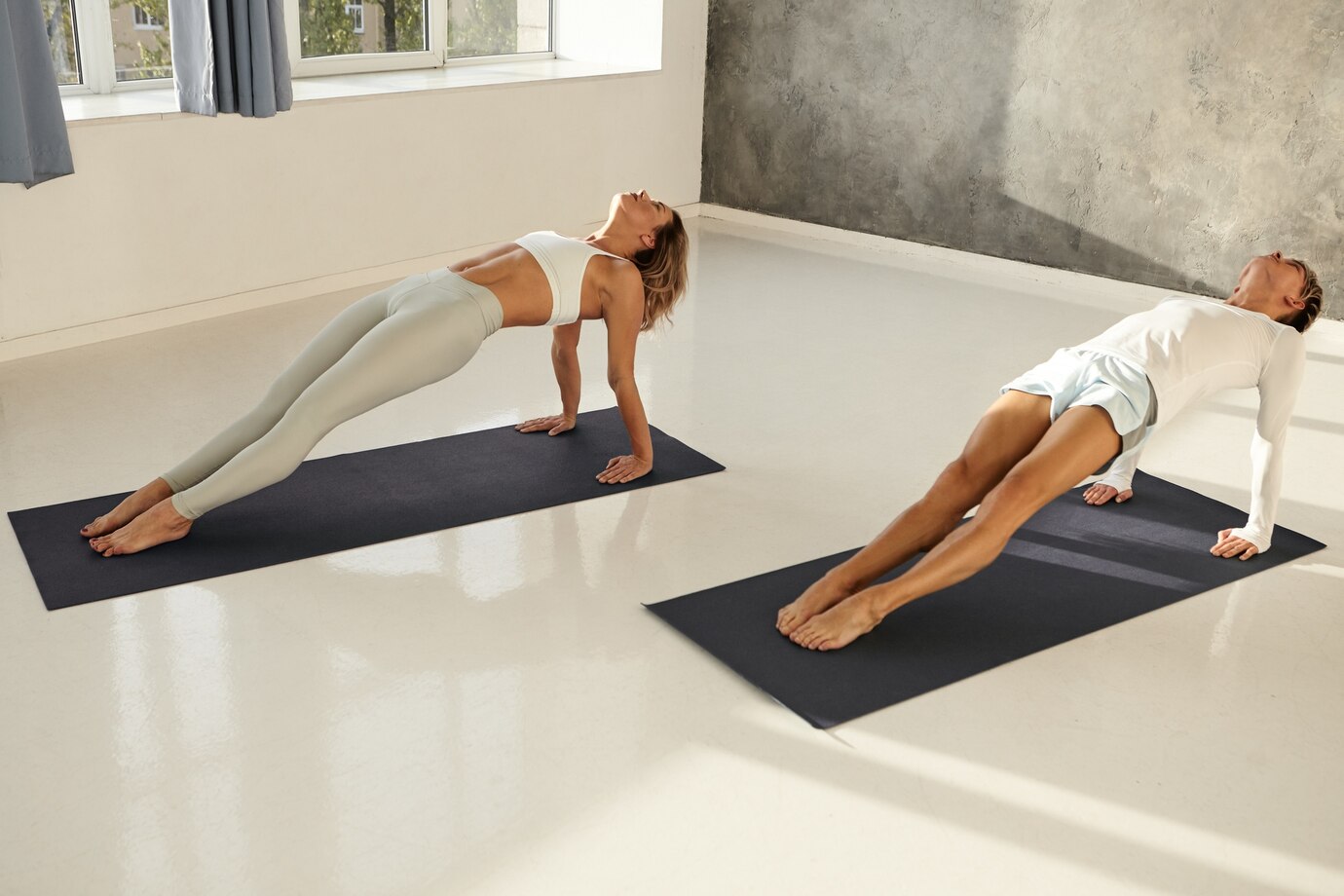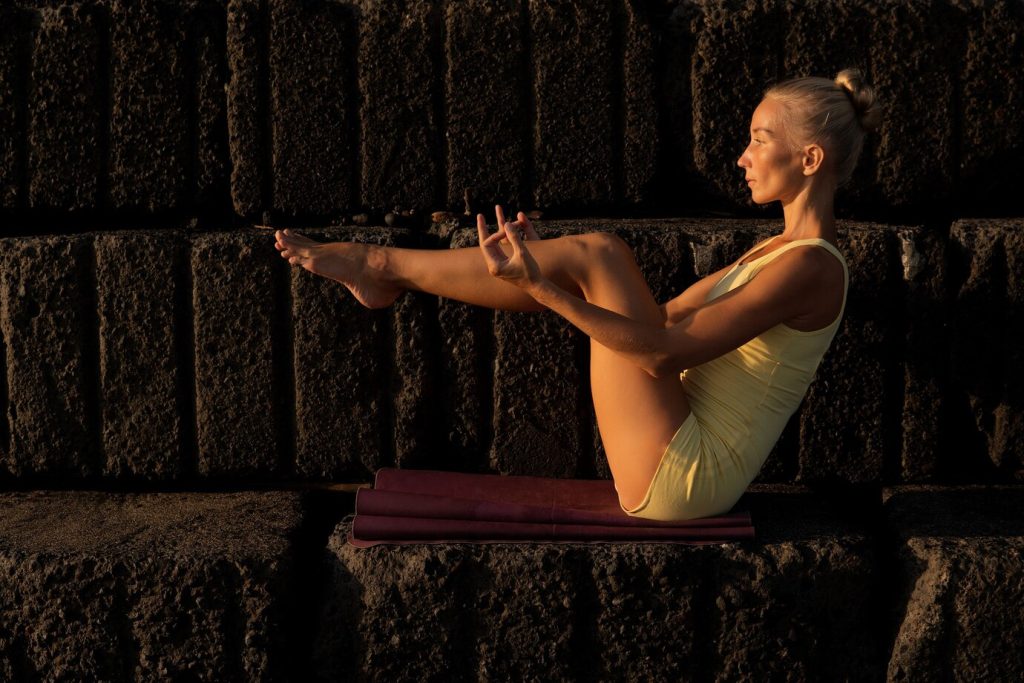Bikram (Hot) Yoga: Overview and Asana Sequence
What is Bikram Yoga?
Bikram Yoga, also known as Hot Yoga, is a structured and intense form of Hatha Yoga developed by Bikram Choudhury in the early 1970s. It consists of a fixed sequence of 26 postures (asanas) and 2 breathing exercises (pranayama) performed in a heated room with a temperature of 95°F to 105°F (35°C to 40°C) and a humidity level of around 40%.
The heat in Bikram Yoga helps to:
✔ Loosen muscles and increase flexibility
✔ Detoxify the body through sweating
✔ Improve circulation and cardiovascular function
✔ Enhance focus and mental discipline
Each session lasts 90 minutes and follows the same sequence, making it accessible for practitioners to track their progress over time.
The 26 Postures of Bikram Yoga
The Bikram Yoga sequence is designed to systematically work every part of the body, stimulating organs, glands, muscles, and joints. Below is the full list of 26 postures in order, along with the two breathing exercises.

1. Pranayama Series (Standing Deep Breathing) – Warm-up
- Enhances lung capacity and prepares the body for practice.
Standing Series:
- Half Moon Pose (Ardha Chandrasana) with Hands-to-Feet Pose (Pada-Hastasana) – Stretches and strengthens spine and core.
- Awkward Pose (Utkatasana) – Builds leg strength and improves balance.
- Eagle Pose (Garudasana) – Improves flexibility and balance in shoulders and legs.
- Standing Head-to-Knee Pose (Dandayamana-Janushirasana) – Builds concentration and strengthens legs.
- Standing Bow Pose (Dandayamana-Dhanurasana) – Increases balance and spine flexibility.
- Balancing Stick Pose (Tuladandasana) – Enhances core stability and cardiovascular health.
- Standing Separate-Leg Stretching Pose (Dandayamana-Bibhaktapada-Paschimottanasana) – Stretches hamstrings and spine.
- Triangle Pose (Trikonasana) – Opens the hips, strengthens legs, and increases flexibility.
- Standing Separate-Leg Head-to-Knee Pose (Dandayamana-Bibhaktapada-Janushirasana) – Stimulates metabolism and digestion.
- Tree Pose (Tadasana) – Improves posture and strengthens lower body.
- Toe Stand (Padangusthasana) – Develops balance, patience, and mental focus.
Floor Series:
- Corpse Pose (Savasana) – Rest and recovery between standing and floor series.
- Wind-Removing Pose (Pavanamuktasana) – Aids digestion and relieves lower back tension.
- Cobra Pose (Bhujangasana) – Strengthens the lower back and improves spinal flexibility.
- Locust Pose (Salabhasana) – Works the spine and strengthens the upper back.
- Full Locust Pose (Poorna-Salabhasana) – Enhances the back, arms, and shoulders.
- Bow Pose (Dhanurasana) – Opens up the chest and strengthens the spine.
- Fixed Firm Pose (Supta-Vajrasana) – Stretches knees, ankles, and the lower spine.
- Half Tortoise Pose (Ardha-Kurmasana) – Promotes relaxation and increases lung capacity.
- Camel Pose (Ustrasana) – Deeply opens the chest and stretches the spine.
- Rabbit Pose (Sasangasana) – Lengthens the spine and stimulates the nervous system.
- Head-to-Knee Pose with Stretching (Janushirasana with Paschimottanasana) – Increases flexibility and digestion.
- Spine-Twisting Pose (Ardha-Matsyendrasana) – Improves spinal mobility and detoxification.
- Blowing in Firm Pose (Kapalbhati Pranayama) – A final breathing exercise that energizes the body.
Final Thoughts on Bikram Yoga
Bikram Yoga is an intense yet rewarding practice that helps build endurance, mental discipline, and full-body strength. Due to the heat and the rigorous sequence, it’s important to stay hydrated, listen to your body, and avoid overexertion.

